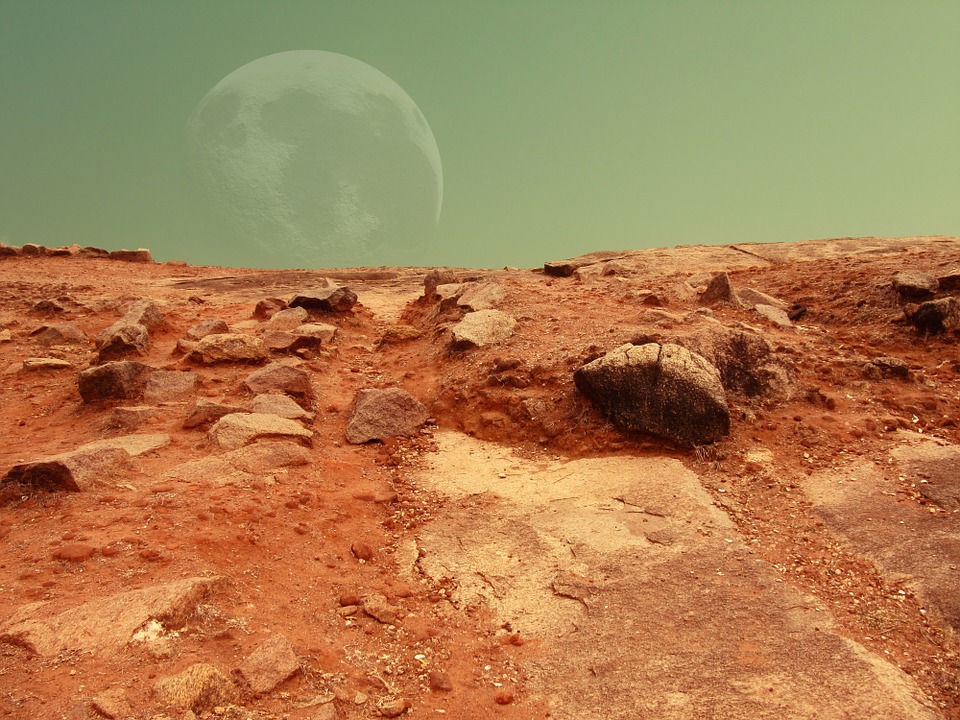Mars or “red planet” has been the subject of studies for years in order to assess the possibility of its colonization.
Although it is known that the Planet is not conducive to the survival of the human species, recent research may reveal the contrary.
Among NASA’s projects, we find Moxie (acronym for Mars Oxygen In-Situ Resource Utilization Experiment), a machine capable of transforming the atmosphere of Mars into oxygen.
NASA will launch Moxie on the planet from the Cape Canaveral Air Force station in Florida in July 2020 within the robot Rover Mars 2020, the reckless invention of the engineers of the Jet Propulsion Laboratory in Pasadena, the arrival is expected in February 2021.
Considering that the atmosphere of Mars is mostly made up of carbon dioxide (CO2), what Moxie does is to produce small amounts of pure oxygen from carbon dioxide in a process called solid oxide electrolysis.
To test the machine NASA bought artificial CO2, recreating the typical conditions of the red planet.
If this launch is successful, NASA has already thought of a human mission.
But the air is not the only limit of Mars, that planet is currently uninhabitable because of sandstorms and solar radiation, since the surface of the planet is not protected by an atmosphere like that of the Earth.
It is therefore necessary to create space suits that can protect the human body from all these phenomena. That’s why SHERLOC was born, an instrument that analyzes, thanks to its camera sensitive to ultraviolet radiation, the effects of Mars conditions on five types of tissue samples of space suits.
In addition to the suits, the possible astronauts will need a place to shelter and rest, so it was designed MEDA (Mars Environmental Dynamics Analyzer), an instrument is designed to collect a range of information needed to build a shelter, the data collected will then be combined with the different orbiters that gravitate around the Red Planet.
The countdown has begun
